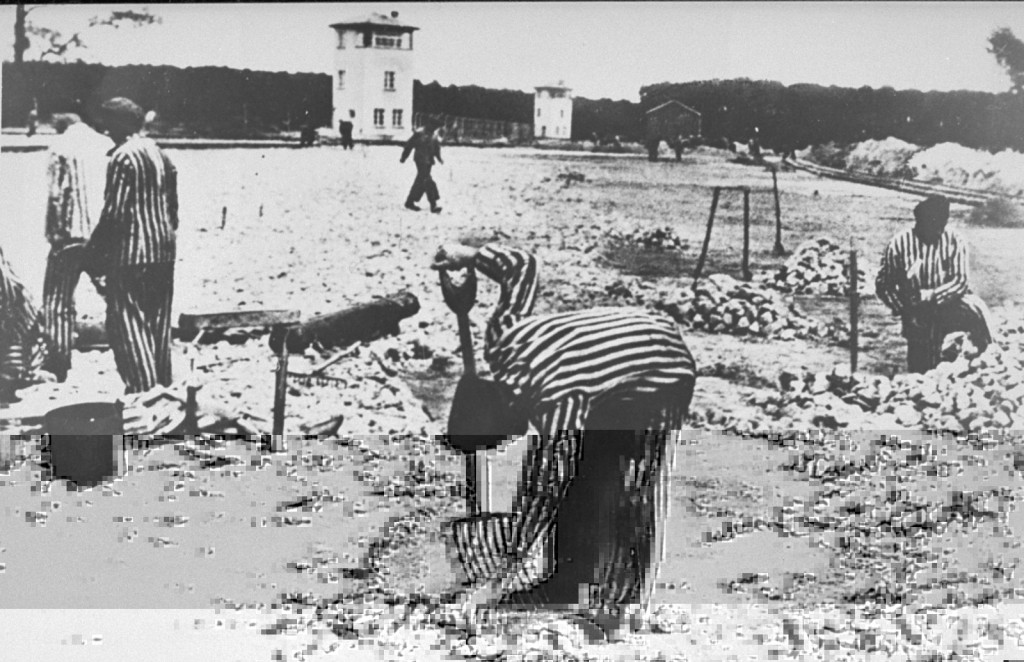You searched for: 세이프토토 bbb7.Top Toto 사이트 메이저사이트 추천 프로토 승부식 하는법 Eob
We're sorry, but we couldn't find any matches for "세이프토토 bbb7.Top Toto 사이트 메이저사이트 추천 프로토 승부식 하는법 Eob". You might have meant:
- Check for typos.
- Use more generic search terms.
- Use one keyword or filter to start your search.
- Browse: tags, A-Z, ID Cards
You might start with the must read articles:
- Introduction to the Holocaust
- What is Antisemitism?
- How Many People did the Nazis Murder?
- Raoul Wallenberg and the Rescue of Jews in Budapest
- Emigration and the Evian Conference
- Minsk
- The Kielce Pogrom: A Blood Libel Massacre of Holocaust Survivors
- Röhm Purge
- World War I
Still can’t find what you’re looking for? Leave your feedback here.
